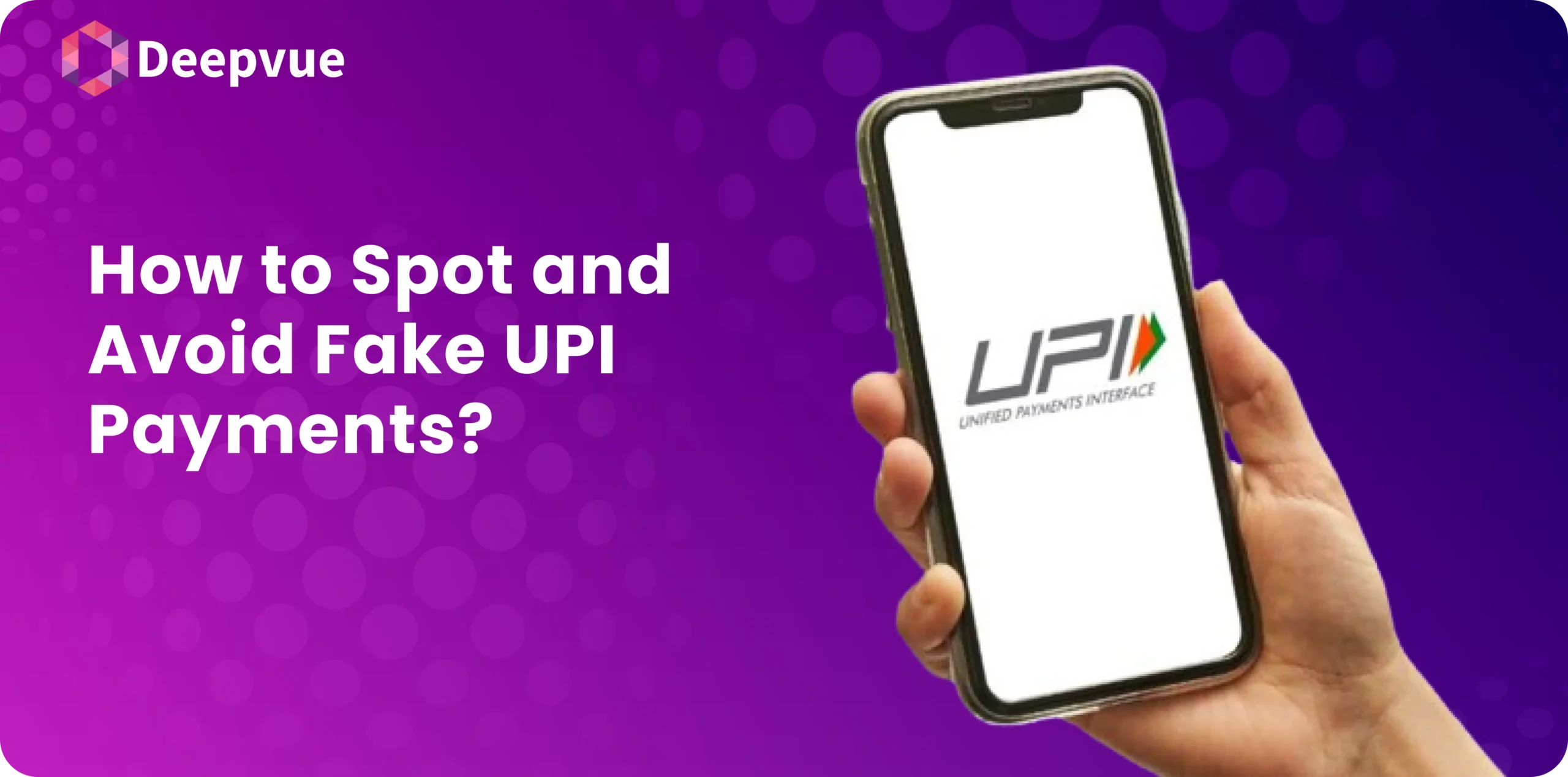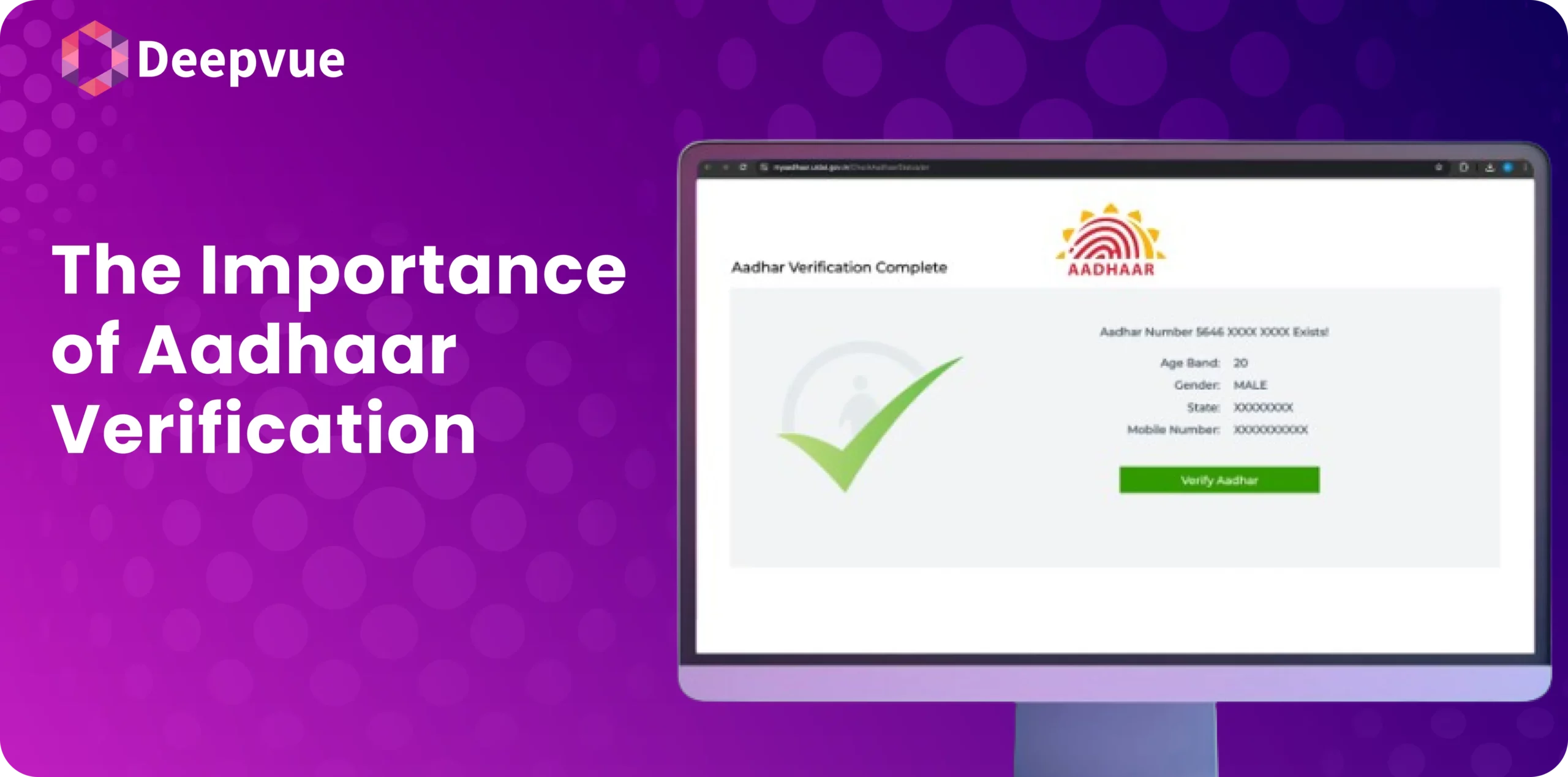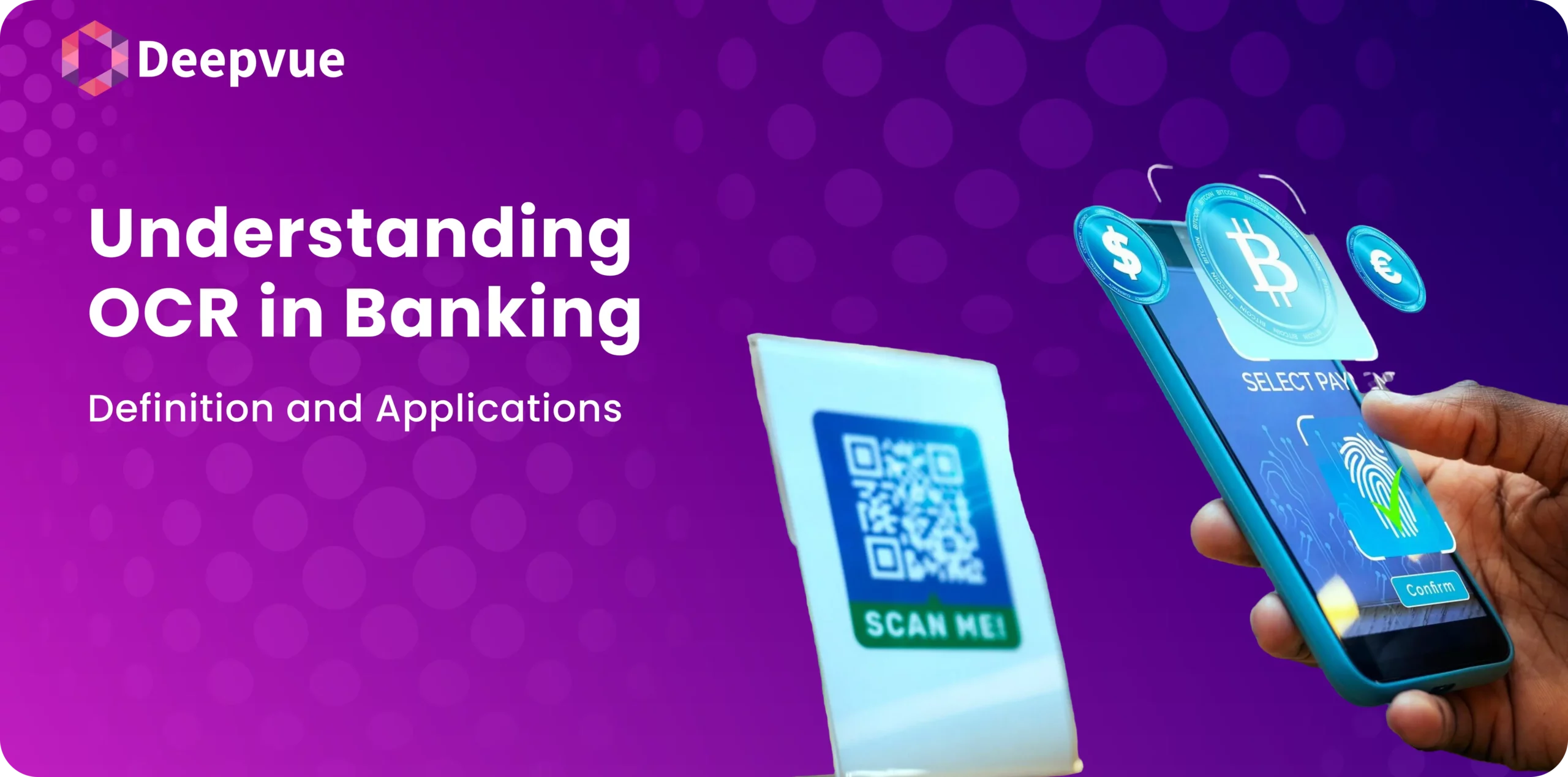What is Document Fraud?
Document fraud refers to the act of creating, altering, or using falsified documents with the intent to deceive or defraud. This type of fraud can involve various types of documents, including identification papers, financial statements, contracts, certificates, and other legal or official documents. The goal of document fraud is often to gain an unlawful advantage, such as securing loans, evading taxes, or obtaining employment or legal status under false pretenses.
Common Types of Document Fraud
Document fraud can take many forms, depending on the nature of the documents involved:
1. Identity Document Fraud
This type involves the creation or alteration of identification documents such as passports, driver’s licenses, or social security cards. Fraudsters may use fake IDs to impersonate someone else, gain access to restricted areas, or carry out financial fraud.
2. Financial Document Fraud
Financial document fraud includes falsifying bank statements, tax returns, or financial records to misrepresent one’s financial situation. This can be done to obtain loans, avoid taxes, or mislead investors.
3. Contract Fraud
In contract fraud, individuals or entities may forge or alter contracts to manipulate terms, deceive the other party, or falsely represent an agreement. This type of fraud is common in business transactions, where the stakes are high.
4. Certification Fraud
Certification fraud involves the falsification of professional or educational certificates, such as diplomas, licenses, or credentials. Fraudsters may use fake certifications to obtain jobs or promotions they are not qualified for.
How Document Fraud is Detected
Detecting document fraud often involves a combination of manual verification and technological tools:
1. Manual Verification
Experienced professionals may review documents for inconsistencies, such as mismatched fonts, irregular signatures, or incorrect information. They may also cross-check the document against known records or databases.
2. Digital Verification Tools
Technological tools, such as optical character recognition (OCR) software, can be used to analyze documents for signs of tampering. Some systems also use AI to compare documents against vast databases, flagging any anomalies or discrepancies.
3. Biometric Verification
In some cases, biometric verification (e.g., fingerprint or facial recognition) is used alongside document verification to ensure that the person presenting the document is indeed the rightful owner.
Consequences of Document Fraud
Document fraud is a serious offense with significant legal and financial consequences:
1. Legal Penalties
Those caught committing document fraud may face criminal charges, leading to fines, imprisonment, and a permanent criminal record. The severity of the penalties depends on the nature and extent of the fraud.
2. Financial Losses
Victims of document fraud, including individuals and organizations, can suffer substantial financial losses. This includes the costs associated with rectifying the fraud, legal fees, and potential loss of income or assets.
3. Reputational Damage
For businesses and professionals, involvement in document fraud can result in severe reputational damage, leading to loss of trust, customers, and business opportunities.
Frequently Asked Questions (FAQs)
How can I protect myself from document fraud?
To protect yourself from document fraud, always verify the authenticity of important documents, avoid sharing sensitive information unnecessarily, and use secure methods for document storage and transmission. Employing digital tools that offer encryption and secure verification processes can also help.
What should I do if I suspect document fraud?
If you suspect document fraud, report it to the relevant authorities immediately. For financial or legal documents, you may also want to consult with a legal professional to assess the situation and take appropriate action.






